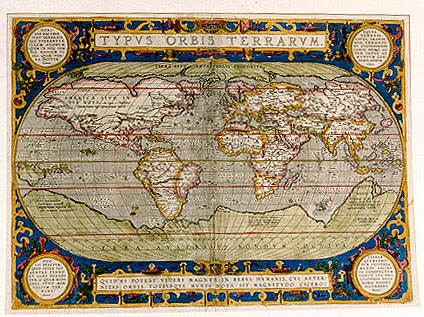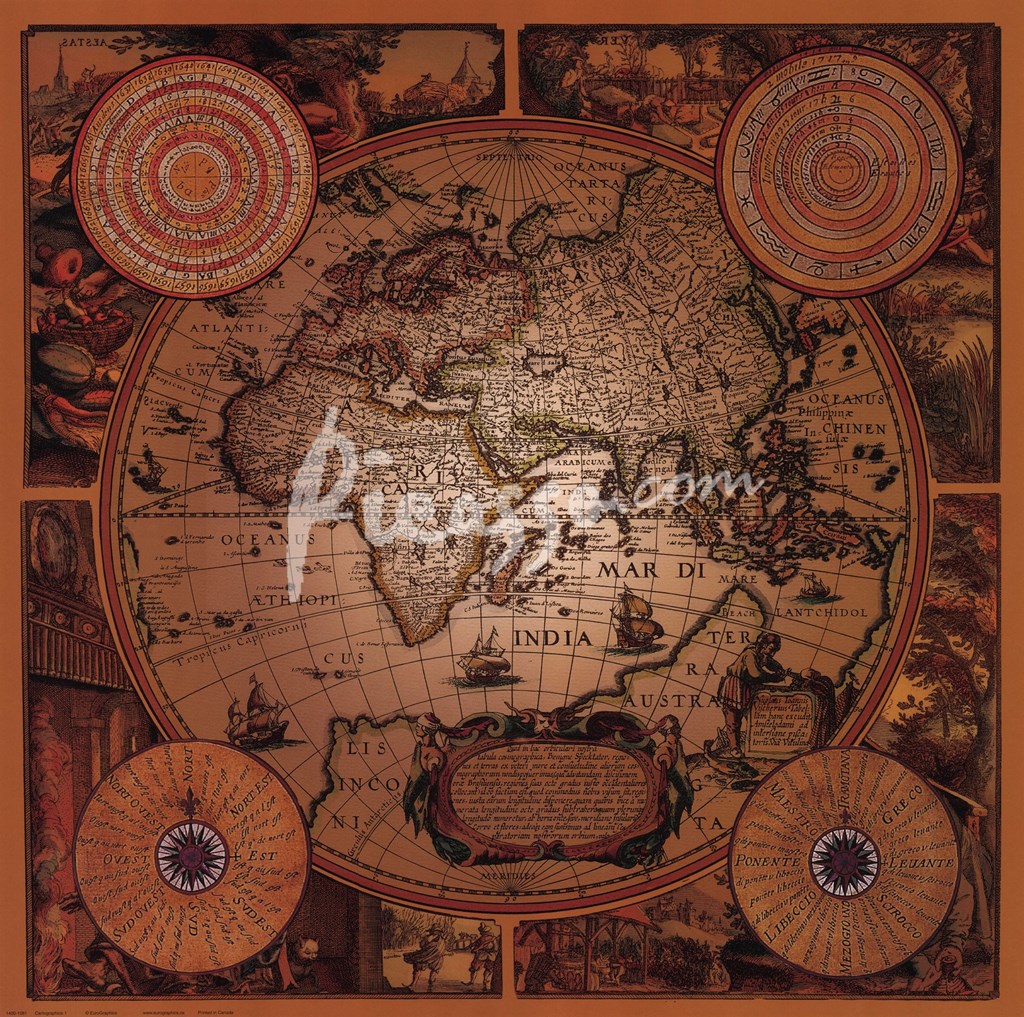

This paper investigates the future role of paper mapping in a society where access to online digital mapping is freely available. Paper has been the format of choice for disseminating geographic information for millennia however the arrival of the internet and mobile technologies has created new modes of map consumption. Even in regions with a recent mapping, the results of the preliminary assessment indicate the potential for an increase of about 52% and 16% of features in the ‘road system’ category, which suggests a very promising method for use in areas with missing or outdated mapping, and its applicability to other categories. Finally, we developed some experiments to evaluate and validate the OSM data integration process in a 1:25,000 scale cartographic database.

The research continues with the identification of object classes with the most significant potential for integration. The proposal starts with the semantic compatibility between the conceptual models adopted in both official cartography and OpenStreetMap platform. The present work aims to analyze a methodology to provide accurate and documented integration of volunteered geographic information and the Brazilian authoritative mapping. The use of data from collaborative mapping platforms appears as an alternative that may contribute to minimizing this problem, either by updating or completing the mapping coverage in Brazil, as proposed or performed by some National Mapping Agencies abroad. The outcomes of the workshop, though preliminary, are relevant to any user of GI – and the issues identified might change the way people in the industry think about and evaluate GI products alongsideīrazil has a large area with missing or outdated mapping on the largest scales of its authoritative mapping. It was a first opportunity for researchers from diverse backgrounds, including cartography, GI science, human factors, ergonomics and human-computer interaction to come together and discuss this important issue. This paper is based on a report from a workshop that was organised by rdnance Survey to discuss the usability of GI. In some situations it can even have safety critical implication – as in the case of a satnav user who followed directions on to a rail track minutes before a train crashed into her car (BBC®, 2008). The level of usability of GI combined with system usability can also impact on productivity as significant time and resources may be spent on their management.

This is both a huge oversight and opportunity, when considering that information can sometimes cost 95% of the total project value, or that in many products the information itself is critical to the user’s experience – for example, in personal navigation devices (PND).

There is, however a lack of research and methodologies designed for understanding usability of information itself rather than the interface or system through which it is presented.
Synonymia cartographica software#
While the GIS industry is starting to be aware of the importance of usability in software and hardware product development, so, too, are some providers of GI. These questions concern the usability of GI.
Synonymia cartographica manuals#
How accurate does geographic information (GI) need to be, when ompared to the real world, to gain user trust? To better understand the user experience, do we need to consider data structures, formats and user manuals as types of user interface? What caused KML to become a de facto standard, overtaking GML, which is seemingly well engineered?


 0 kommentar(er)
0 kommentar(er)
